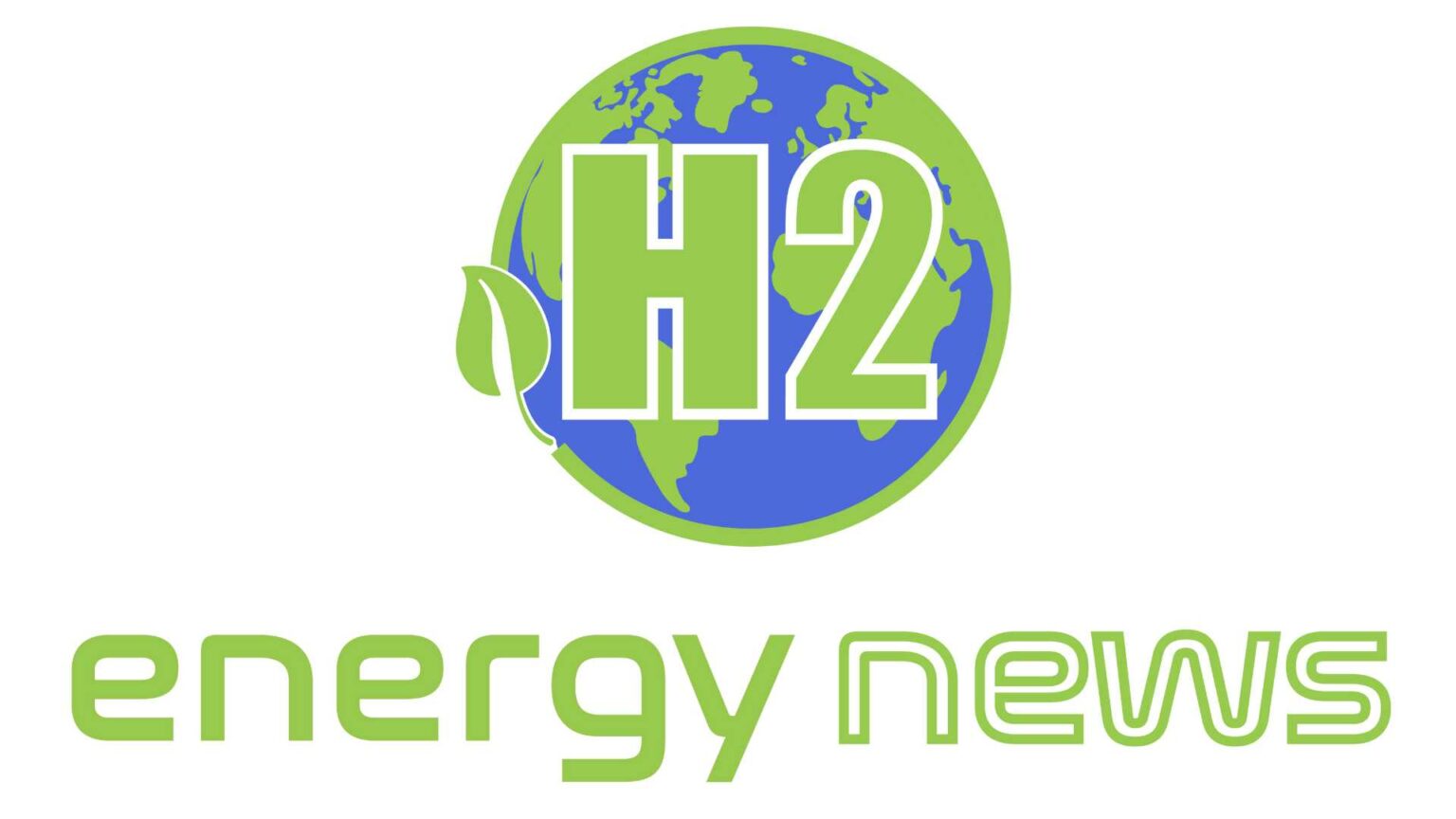In Queensland, there are plans to build one of the biggest electrolyzers powered by renewable energy in the world.
On Brisbane’s Gibson Island, a projected 500 MW facility would be able to generate 70,000 tonnes of renewable hydrogen annually.
An ammonia factory that employs hydrogen as a crucial component already exists on Gibson Island.
In order to help fund a $38 million front-end engineering and design (FEED) research, ARENA is granting $13.7 million. The money from ARENA will help the FEED research by going to Fortescue Future Industries Pty Ltd (FFI) in partnership with Incitec Pivot Limited (IPL).
The development of the electrolyzer and its prospective incorporation into the ammonia plant will be examined in the research.
About 1 GW of renewable energy contracts will be required for the entire process, and this is also covered in the FEED analysis.
The Gibson Island plant in Brisbane’s Brisbane River would be one of the biggest electrolyzers in the world if it were completed. Additionally, it would be the first renewable ammonia factory entirely decarbonized.
The initiative, according to ARENA CEO Darren Miller, is “exciting” for Australia and the parties involved.
As we move closer to net zero emissions, Mr. Miller added, “having the flexibility to repurpose outdated assets to use renewable energy will not only assist to keep prices down in the future but also guarantee competent personnel is kept.”
A 10 MW electrolyzer will be built by ENGIE in Karratha, WA, with $47.5 million in conditional funding from ARENA announced only recently. It will supply the ammonia unit at Yara Pilbara Fertilizer with the renewable hydrogen it generates.
Why ammonia?
What makes the generation of hydrogen and ammonia together such a desirable emissions objective, then?
Numerous industrial operations, like the production of steel and oil refining, need hydrogen. However, the synthesis of ammonia consumes around 50% of the world’s hydrogen output, making it the greatest single user by far.
Ammonia itself has a wide range of applications, including usage as a feedstock for the creation of nitrogen fertilizers for agriculture.
However, the production of ammonia generates around 500 million tonnes of CO2 annually, or 1.8% of all emissions.
A significant portion of it comes from the steam methane reforming process, which produces hydrogen. High-pressure steam and natural gas (methane), which is itself a very strong greenhouse gas, combine to create hydrogen and carbon dioxide.
By applying an electric current to water, which causes it to split into the molecular components hydrogen and oxygen, electrolyzers create hydrogen. Hydrogen is created with no emissions if the electric current is powered by renewable energy.
Additionally, emissions-free ammonia is produced when renewable hydrogen is added to an ammonia factory that is also fueled by renewable energy. And perhaps a reduction of 500 million tonnes in carbon emissions.
Bringing sunlight abroad
Due to the fact that ammonia and its byproducts are far simpler to transport and sell than hydrogen, renewable ammonia has the potential to greatly expand Australia’s ability to effectively export its abundant sunlight.
Hydrogen electrolysis and ammonia manufacturing facilities are the perfect neighbors because of all those qualities.
Companies are already realizing long-term benefits from using renewable hydrogen technology, according to Mr. Miller. “[They] are seeking to create even larger plants,” he added.
“In the end, our objective is to lower the cost of renewable hydrogen so that it can be… competitive with fossil fuels and we can scale up production and become a viable choice for businesses to decarbonize their industrial processes or further support the development of a sustainable export sector.
Additionally, ARENA has already committed $88 million to initiatives involving renewable hydrogen, including feasibility studies, small-scale electrolyzer trials, gas blending experiments, and vehicle deployments.





